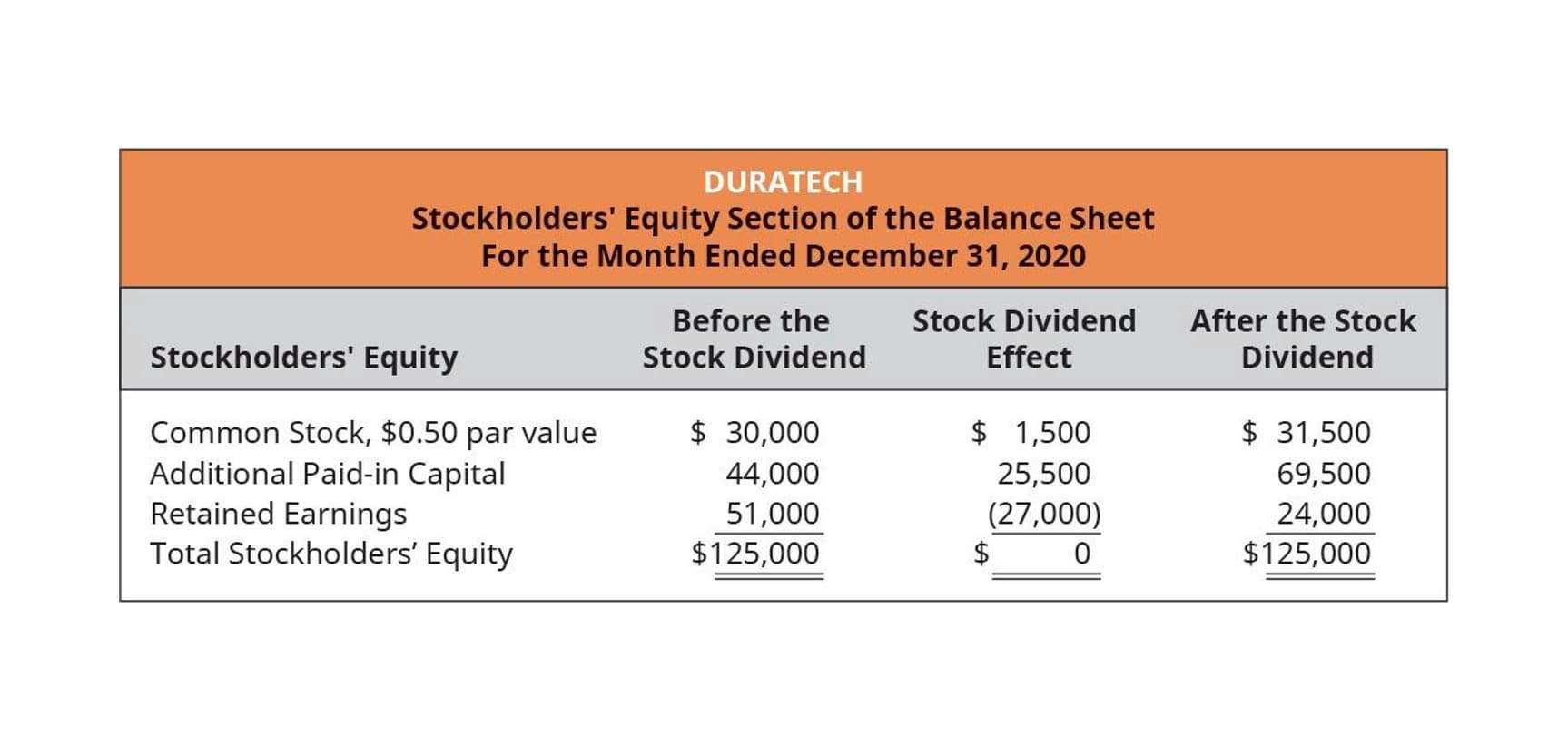
Moreover, I had to click around to learn how to access convenience features that made my user experience much easier, such as the “+” button at the top of my dashboard that can be used to access common action items. Intuit QuickBooks has a 4.3-star rating and a 4.4-star rating on Capterra and G2, respectively, with over 6,700 reviews on the two platforms. Users say the software is comprehensive in its accounting features and easy to use. However, they say that solving an issue can be time-consuming and frustrating. Most small business accounting software can import how onerous is it to get right into a big 4 accounting firm spreadsheets, which makes transitioning from one system to another more efficient.
Finding the best online accounting software for your small business can seriously transform your working life. With less time spent on data entry, you have more time for the things you like most about small-business ownership, whether that’s classified balance sheet financial accounting getting to know customers or making products you’re proud of. For the regular price of just $13 a month, Xero lets you send custom invoices, reconcile bank transactions, capture receipts for easier record keeping, and track inventory. What’s more, even the best small business bookkeeping and accounting software is only as reliable as the information you enter. If you’re not a trained bookkeeper or accountant, inaccuracies can skew your financial data or even land you in hot water with the IRS.
To patch those potential holes, there is introductory pricing that is downright cheap at $2 for the first year, and also a more entry level, although still paid package appropriately called Truly Small Accounting. QuickBooks is an instantly recognizable name in the world of accountancy and bookkeeping. It’s owned by Intuit, which also has other options for small business and large ones too, with a diverse portfolio that includes Turbotax, Mint and Proconnect. QuickBooks also comes in numerous different varieties, from desktop editions through to the hugely popular Online edition. FreshBooks is a popular cloud-based accounting service designed specifically for small business owners. Jason Ding is a seasoned accountant with over 15 years of progressive experience in senior finance and accounting across multiple industries.
Money Manager Ex
They also say that because the accounting software connects to scf definition and meaning other business solutions, it is a seamless solution across their companies. However, they say that using customizations requires a learning curve, and the price increases at each renewal, rendering the platform unaffordable for many small businesses in time. I was told the sales representative was not allowed to discuss pricing.
- With an intuitive interface and competitive pricing options this accountancy package can also be used from just about any location and via any kind of device.
- While it has very few user reviews, users who posted say that it is an easy-to-use solution with task tracking and lead capturing tools.
- Connections with other apps turn good accounting software into great accounting software.
- Sage is a lightweight, cloud-based accounting software designed for entrepreneurs, freelancers, and small businesses.
It’s also a good fit for service-based businesses, such as consultants, landscapers and plumbers. QuickBooks is a good choice for freelancers and small businesses that need a simple way to track expenses, organize receipts and log mileage. While I appreciated all of Intuit QuickBooks’ features and its intuitive user experience, when testing this product, I would have preferred less upselling within the platform. When I clicked on a feature that looked like it was included, I was frequently rerouted to a page that prompted me to purchase an add-on, which was frustrating at times. Many third-party app integrations, such as Gusto, G Suite, and more, are available.

Best hands-off solution: Bench
Time billing reports further allow you to view time billing for activities, customers, employees, jobs, rate levels and productivity. One particularly notable feature set within AccountEdge is its data management and report customization features. You can customize hundreds of reports and use filters, report fields and custom lists to see only the data you need. You can also create graphs, charts and maps to create easily consumable reports. The software allows you to then back up your data even daily to ensure it is safe and never lost. Finally, you can request a free copy of AccountEdge for your accountant so they always have full access to your data.
Alternatives to Small Business Accounting Software
It offers fully featured reports and full accountant and bookkeeper access. Along with unlimited users, it lets you add unlimited bank accounts and credit cards for easier (and more accurate) bank reconciliation. Its chart of accounts, journal entry generation, and multi-business management make it a good fit for small and midsize businesses alike. As an online cloud-based accounting software, QuickBooks Online was made specifically for non-accountants (unlike the clunkier QuickBooks Desktop, which was made for accountants).
How We Evaluated the Best Small Business Accounting Software
For smaller businesses, off-the-shelf packages like those highlighted here can accomplish most or all of the firm’s accounting needs. The mobile app makes it easy to track mileage while driving and capture photos of receipts for business expenses. Most accounting software is not designed to separate business transactions from personal transactions, but a special feature of QuickBooks Solopreneur provides an option to mark each transaction as business or personal. This is helpful for freelancers who don’t have a separate bank account for their business activity.
The platform received a fairly high score for mobile accounting, but it could have done better if the app allowed users to enter and pay bills, just like Zoho Books’ app. And while it is generally easy to use, we want to see an improvement in customer support. Unless you purchase Advanced, you can’t place a direct phone call to an agent; you need to send a ticket first and wait for a call. If you want access to direct phone support, then we recommend FreshBooks or Zoho Books. Once I filled out the form, I was asked to enter my password again and taken to my account dashboard.










